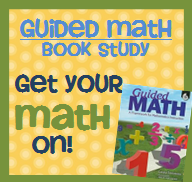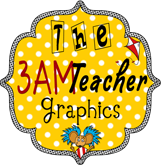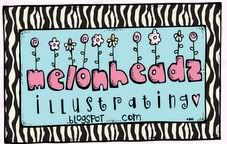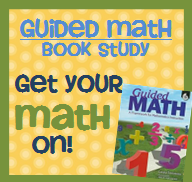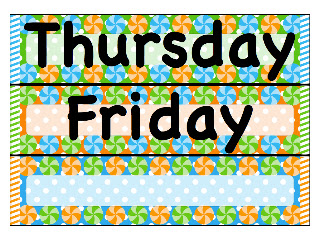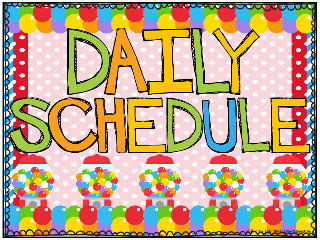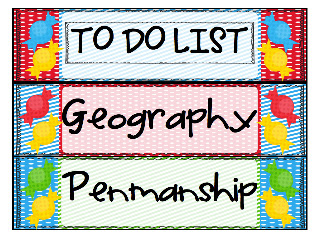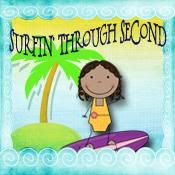1. What are some ways that you can organize your classroom to support Math Workshop?
Well I do feel that I have strived to organize my math manipulatives so they are more accessible to my students. This is what it looks like so far:
In the above pictures the white drawer on the left is where students file math papers etc. I believe I am going to have students keep their math journals in a basket on top of that white drawer. I was very inconsistent with using math journals last year and Really want to improve on that. It also will tie in writing :) The math journals last year also got destroyed in their desks last year. This year I am going to try and eliminate what is in their desks.
I have an organized meeting area for everyone to have math huddles and discuss math investigations etc. . .
It takes place here :) If you were sitting in the "Cars" chair you would see my amazing easel. This is the one I have it just isn't mine :) I didn't have an isolated picture of it.
I would like to come up with a more organized system for my math assessments, student math sheets, and math work-station papers. I would LOVE to read how you all organize/manage that stuff. I have yet to come up with an efficient system.
2. How can implementing Math Workshop promote the learning goals you have for your class?
SIMPLE ~ it allows you to tailor instruction specifically for your students. All of your instruction centers on the learning goals (i.e. curriculum standards) and you are differentiating your instruction using the different mediums of Math Workshop.
I loved reading this chapter and realizing that there is nothing set in stone. On page 200 Sammons says, "Although the teacher has allocated a longer time to spend with the group, if needed, the extra time can now be spent with the remaining two groups." Near the end of last year when I had begun to really try and implement small group instruction I had this idea that I had to meet with ALL my students for exactly the same amount of time. This chapter really opened my eyes. One of my college professors would always say "In education fair is not equal." I find that SO true each and every student is unique. I loved how Sammons gave the example of meeting with the high group first and not holding students back but pushing them further. The one thing I wonder is what are the middle and low group doing while you meet with the high group first. I'm in the middle of playing around with a "loose" schedule to implement next year. I'm thinking that those groups would be working on other components of Guided Math working with concepts already taught to them.
I also created some FREEBIES to go along with the Math Investigations section of the book! Go check them out HERE!
I'm linking up with
![]()
I'm excited to go and read everyone's link ups and thoughts! I canNOT emphasize enough how important a n organized classroom environment can promote learning.









